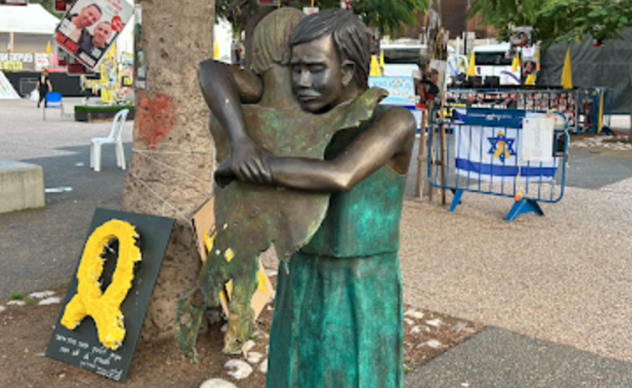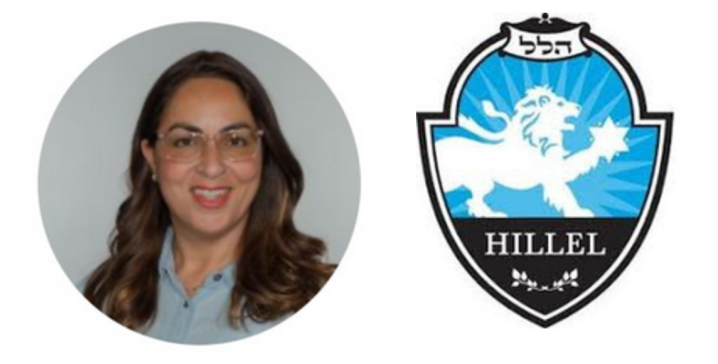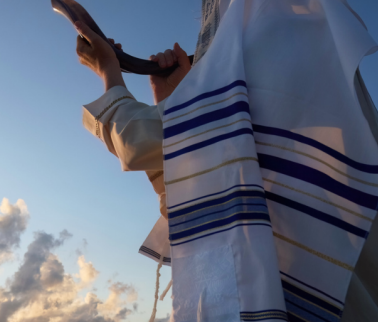Yom Kippur, also known as the Day of Atonement, is the holiest and among the most important days in the Jewish calendar. This year, Yom Kippur took place from the evening of October 1 to the evening of October 2, 2025. On the lunar calendar, the holiday takes on the tenth day of the Hebrew month of Tishrei, 10 days after Rosh Hashanah, the Jewish New Year. While Rosh Hashanah begins the Ten Days of Teshuva, Yom Kippur marks the conclusion of this period of repentance, giving us a final chance to reflect on our actions, ask for forgiveness, and make changes for the year ahead.
Jewish tradition teaches that this is the day when G-d seals the Book of Life and decides the fate of each person for the coming year. Because of this belief, the day carries great seriousness and spiritual weight. It is a time for personal reflection, repentance, and reconciliation with both G-d and the people around us. The holiday is observed through fasting, prayer, and self-reflection. The fast lasts for twenty-five hours, during which Jews are forbidden from eating, drinking, bathing, wearing leather shoes, and other physical pleasures in order to place a greater focus on the importance of the soul. Many spend the entire day in synagogue, taking part in special prayers such as the Kol Nidre, which begins the holiday service, and the Ne’ilah service, which concludes it. At the very end, the Shofar, a ram’s horn, is sounded, signaling the end of this holy day. The central themes of Yom Kippur are repentance, prayer, and charity. Repentance, or teshuvah in Hebrew, involves returning to G-d and correcting one’s past mistakes. Prayer, or tefillah, strengthens one’s connection with the Divine, and charity, otherwise known as tzedakah, emphasizes kindness and justice in the world. Together, these practices highlight the importance of self-improvement and responsibility toward others.





















